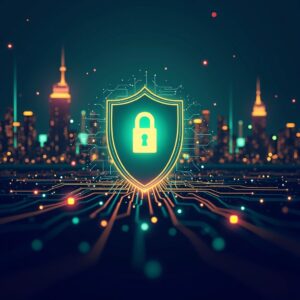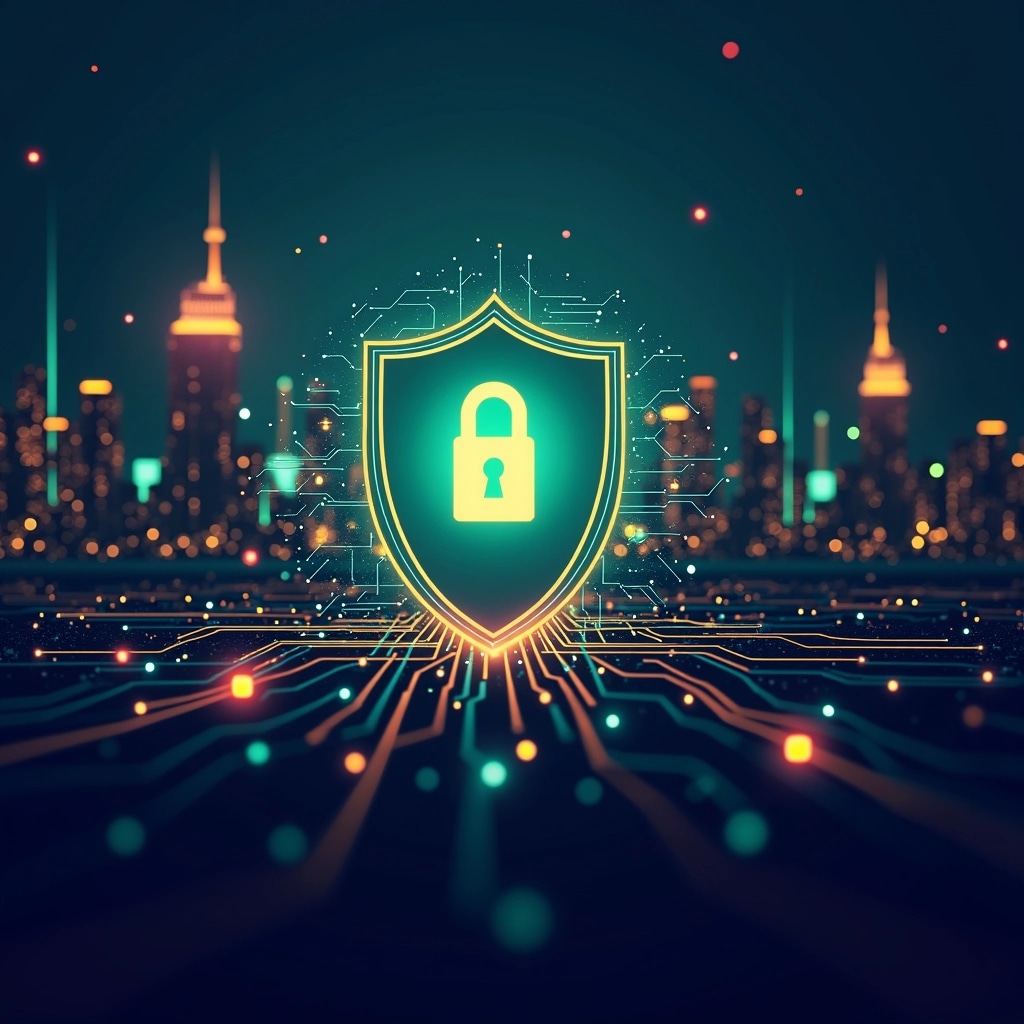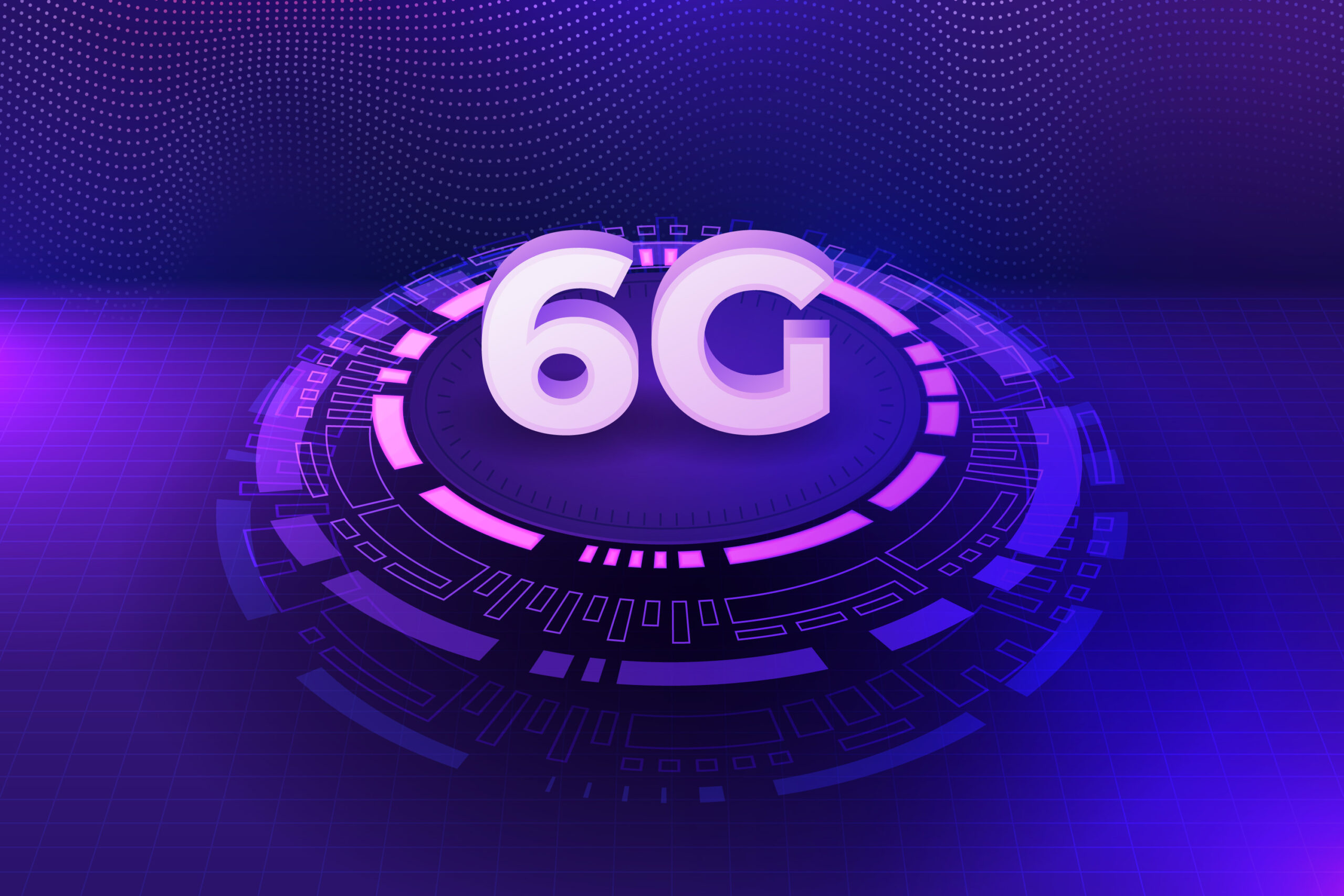As we move deeper into the digital age, our lives are becoming more interconnected and data-driven. From social media and online shopping to banking and work, almost every part of our daily routine is stored, shared, or transmitted digitally. While this opens up incredible opportunities, it also brings new challenges—particularly when it comes to protecting our data from cyber threats.
In just a few years, cybersecurity is set to become even more critical as we face more sophisticated attacks, new technologies, and an increasingly complex digital landscape. So, what can we expect from cybersecurity in 2025? And how can we protect ourselves from the growing array of threats?
Let’s take a look at what the future of cybersecurity holds and how we can stay one step ahead.
The State of Cybersecurity in 2025: What’s on the Horizon?
In 2025, we’ll see the continued evolution of cybersecurity, driven by rapid advancements in both technology and cybercrime tactics. Here are some key trends that will shape the future of data protection:

1. The Rise of AI and Machine Learning in Cybersecurity
One of the biggest game-changers in cybersecurity will be artificial intelligence (AI) and machine learning (ML). These technologies are already being used in cybersecurity today, but by 2025, they’ll be even more sophisticated and capable of autonomously detecting, preventing, and responding to cyber threats in real-time.
AI will be able to analyze vast amounts of data, detect patterns, and identify potential vulnerabilities much faster than human analysts ever could. For example, AI systems will be able to spot unusual patterns in network traffic, helping to prevent data breaches or cyberattacks before they even happen. These technologies will also play a role in automating responses to certain types of cyber incidents, reducing the time it takes to neutralize threats and prevent damage.
2. Zero Trust Architecture Becomes the Standard
With the increasing complexity of cyberattacks, especially as remote work becomes more common, traditional security models are no longer enough. Enter Zero Trust Architecture (ZTA)—an approach to cybersecurity that assumes no one, whether inside or outside the network, should automatically be trusted. Instead, every request for access to systems and data must be verified before it’s granted.
By 2025, we’ll see more businesses and individuals adopting a Zero Trust approach to protect sensitive information. This model will involve continuous authentication, monitoring, and verification to ensure that only authorized users can access critical data and resources. It’s about assuming that threats can come from anywhere, even from trusted insiders, and ensuring that access to data is constantly verified.
3. Quantum Computing: A Double-Edged Sword
Quantum computing, a technology that’s still in its early stages today, will likely have a huge impact on cybersecurity by 2025. While quantum computers hold the potential to break many of the encryption methods we use today, they also offer opportunities to create more advanced forms of security.
On the one hand, quantum computers could render current encryption methods (such as RSA and ECC) obsolete, allowing cybercriminals to crack codes and access encrypted data with ease. But on the other hand, quantum encryption, also known as quantum key distribution (QKD), could provide an almost unbreakable form of encryption, making data transfer more secure than ever before.
By 2025, organizations will need to adopt post-quantum cryptography—new encryption methods that are resistant to quantum attacks. This will be critical for ensuring that sensitive data remains safe in a world where quantum computing is more advanced.
4. The Growth of Cyber Threats: More Sophisticated and Targeted Attacks
As the digital landscape grows, so do the threats. By 2025, we’ll see cybercriminals using even more advanced tools and tactics, including AI-driven attacks, ransomware, and deepfakes, to target businesses and individuals. These attacks will be more targeted and disguised, making them harder to detect and defend against.
Ransomware, which encrypts a victim’s files and demands payment to unlock them, will continue to be a major threat. What’s even more worrying is that these attacks will become more targeted, often using personal data and research to tailor the attack to the specific victim. Cybercriminals may also go beyond traditional ransom, threatening to release or sell stolen data, leading to reputational damage, financial loss, and legal complications.
Additionally, deepfakes, which use AI to create realistic but fake videos or audio, will likely be used to carry out phishing scams, impersonate high-level executives, or spread misinformation, making cybersecurity even more challenging.
5. The Internet of Things (IoT) Will Be Both a Boon and a Risk
As the Internet of Things (IoT) continues to grow, we’ll see more connected devices in our homes, workplaces, and cities. These devices—smart thermostats, wearable tech, connected cars, and more—create a massive opportunity for convenience, efficiency, and innovation. However, they also create new vulnerabilities, as each device can potentially be a point of entry for hackers.
By 2025, IoT security will be a major focus for both manufacturers and consumers. IoT devices will need stronger security measures built in from the ground up. And as individuals, we’ll need to be more mindful of the risks that come with using these devices, ensuring that we’re following best practices for securing our home networks and devices.
How Can We Protect Ourselves in 2025?
While cybersecurity in 2025 will bring many advancements, it also means we’ll need to be more proactive than ever about protecting our data. Here are some tips to stay safe:
1. Use Strong, Unique Passwords
In 2025, passwords will still be a crucial part of cybersecurity. But with so many online accounts, it can be difficult to keep track. The solution? Use a password manager to generate and store unique, complex passwords for each of your accounts.
Additionally, enable multi-factor authentication (MFA) wherever possible. MFA adds an extra layer of security by requiring a second form of identification (such as a fingerprint or a text message code) to access your accounts.
2. Stay Educated on Cyber Threats
Cybersecurity threats are constantly evolving, so it’s important to stay informed about the latest trends. Understanding phishing scams, ransomware tactics, and social engineering methods will help you avoid falling victim to attacks.
3. Secure Your Devices and Networks
By 2025, cybercriminals will continue to target vulnerabilities in your devices and networks. Make sure to install the latest security updates and patches for all your devices and software. Invest in a reliable antivirus program, use a firewall, and ensure your Wi-Fi network is encrypted and password-protected.

4. Adopt Zero Trust Practices in Your Personal and Work Life
Embrace a Zero Trust mindset: don’t automatically trust any device, user, or connection, and always verify before granting access. This goes for both personal security and in the workplace, especially if you’re working remotely.
Final Thoughts
Cybersecurity in 2025 will be shaped by new technologies, growing threats, and a deeper understanding of how to protect ourselves in an increasingly digital world. As our reliance on digital tools continues to grow, the need for robust, proactive cybersecurity measures will be more important than ever.
While there will always be risks, staying informed, using cutting-edge technologies like AI and quantum encryption, and following basic security practices will help us navigate the future safely and securely.
The digital world will continue to evolve—and so will the strategies to keep our data safe.











